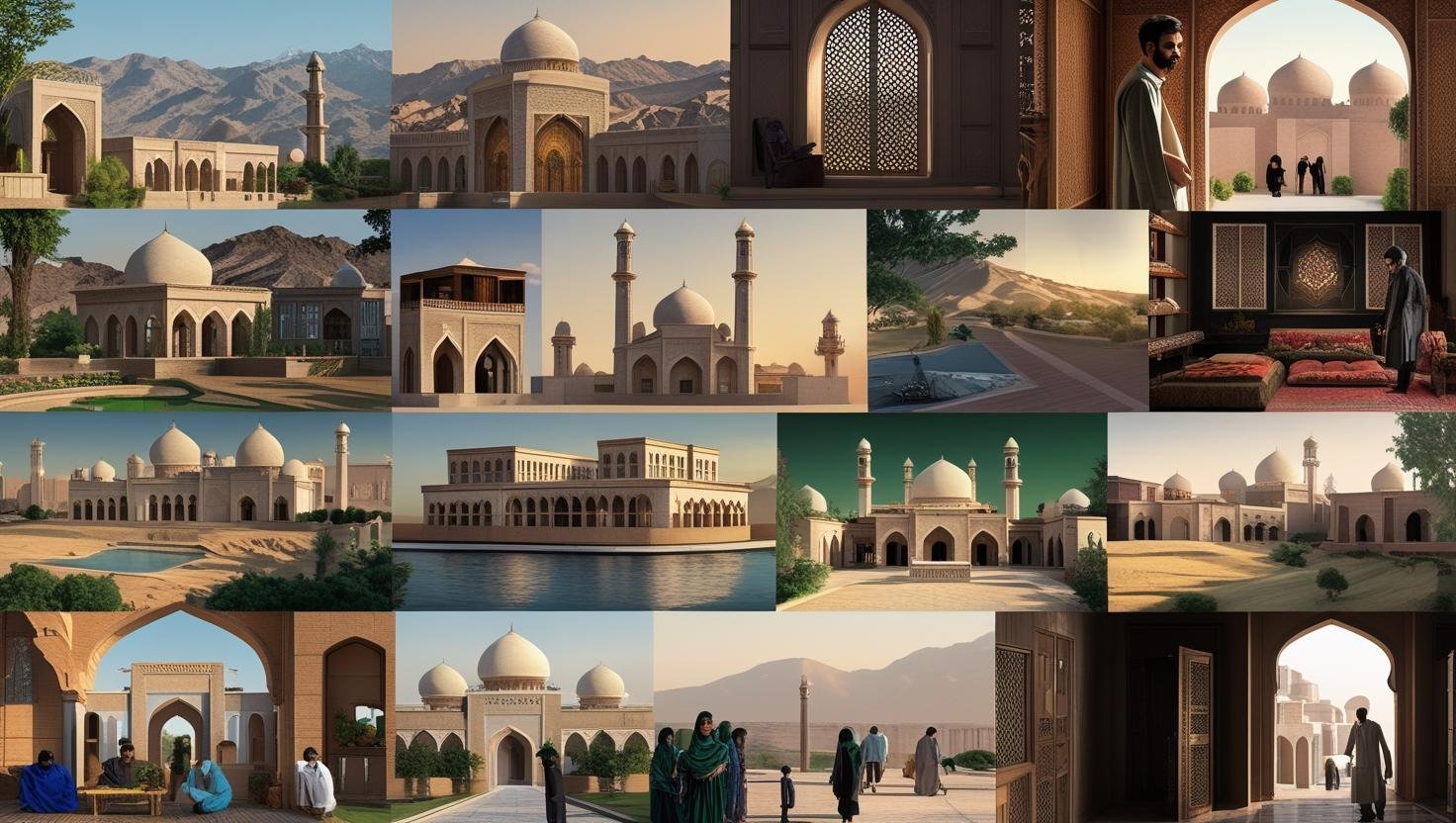1. Which sector is considered key for Pakistan’s future economic growth?
A) Oil & Gas
B) Tourism
C) Technology and IT
D) Heavy Industry
Correct Answer: C) Technology and IT
2. What is the estimated youth population percentage in Pakistan?
A) 20%
B) 40%
C) 64%
D) 75%
Correct Answer: C) 64%
3. Pakistan Vision 2025 aims to make Pakistan a ___________.
A) Nuclear-free state
B) Regional sports power
C) Top 10 global economy
D) Upper-middle-income country
Correct Answer: D) Upper-middle-income country
4. What initiative promotes innovation and startups in Pakistan?
A) Kamyab Jawan Program
B) National Highway Project
C) Smart Cities Plan
D) Youth Green Scheme
Correct Answer: A) Kamyab Jawan Program
5. Which city is rapidly growing as Pakistan’s tech hub?
A) Quetta
B) Lahore
C) Multan
D) Peshawar
Correct Answer: B) Lahore
6. What renewable energy source is being developed to secure Pakistan’s energy future?
A) Natural Gas
B) Coal
C) Solar and Wind
D) Oil
Correct Answer: C) Solar and Wind
7. Pakistan’s IT exports crossed which milestone in recent years?
A) $500 million
B) $1 billion
C) $2 billion
D) $3 billion
Correct Answer: D) $3 billion
8. Which economic zone is part of the China-Pakistan Economic Corridor (CPEC)?
A) Gwadar Free Zone
B) Islamabad Smart Zone
C) Karachi Innovation Park
D) Punjab Agro Zone
Correct Answer: A) Gwadar Free Zone
9. What is the goal of Pakistan’s Digital Pakistan initiative?
A) Export cars
B) Build nuclear plants
C) Improve digital infrastructure and governance
D) Train military forces
Correct Answer: C) Improve digital infrastructure and governance
10. Which Pakistani institution focuses on advanced science and research?
A) Punjab University
B) COMSATS
C) NUST
D) All of the above
Correct Answer: D) All of the above
11. What role does the Pakistani diaspora play in the country’s future?
A) Sports training
B) Remittances and investment
C) Sending used goods
D) Political opposition
Correct Answer: B) Remittances and investment
12. Which sector has the most potential for women empowerment in Pakistan?
A) Transport
B) Agriculture
C) Information Technology (IT)
D) Oil refining
Correct Answer: C) Information Technology (IT)
13. Pakistan’s growing e-commerce industry is mainly driven by ___________.
A) Government orders
B) International tourists
C) Youth entrepreneurs and digital access
D) Street vendors
Correct Answer: C) Youth entrepreneurs and digital access
14. Which educational reform is key to Pakistan’s long-term success?
A) Free school meals
B) Syllabus in local languages only
C) Uniform education system and skill-based training
D) Privatization of all schools
Correct Answer: C) Uniform education system and skill-based training
15. What symbolizes Pakistan’s bright future globally?
A) Military growth
B) Cricket wins
C) Innovation, youth, and digital economy
D) Cultural festivals
Correct Answer: C) Innovation, youth, and digital economy

